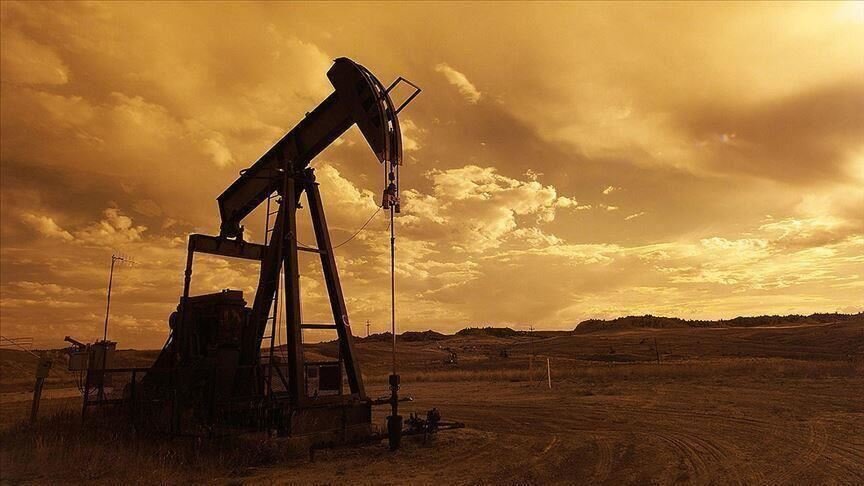Historic OPEC+ Deal Ends Oil Price War, But Will It Be Enough?
OPEC+ finalized a historic deal on Easter Sunday, agreeing to cut output by 9.7 million barrels per day. After four days of diplomatic video conferences, government ministers from the OPEC+ alliance and the G20 forum were able to put an end to the Russia-Saudi Arabia oil price war that started five weeks ago.
Crown Prince Mohammed Bin Salman of Saudi Arabia announced plans to flood the market with crude oil last month after OPEC+ failed to agree cuts. Saudi Arabia led OPEC had originally sought the support of Russia to increase oil prices amid the coronavirus pandemic. However, talks came to an abrupt end as President Vladimir Putin opposed the cuts, believing that reducing output would only benefit the US oil industry. Rosneft, the Russian state-controlled firm asserted that, “The total oil of volume that was reduced as a result of the repeated extension of the OPEC+ agreement was completely and quickly replaced in the world market with American shale oil.” This allegation emerged after Washington imposed sanctions on Russia’s Nord Stream 2 gas pipeline and Moscow’s biggest oil producer, Rosneft PJSC.
In a retaliation to the Kremlin’s reluctance to cut production, Riyadh began an oil price war as it offered discount rates of $6-$8 per barrel to key consumers. This caused Brent North Sea Crude, the trading benchmark for the EMEA region, to plunge by more than 30%.
Growing signs to end the oil price war emerged as King Salman urged an emergency meeting on last Thursday to reach an oil agreement. On that day, OPEC Members ended the video conference call with a tentative proposal to cut production by 10M barrels per day. This agreement would counteract the pandemic depressing oil demand by reducing world supply by 10%. However, trade talks came to a halt as Mexico opposed the deal, claiming that it plans on announcing a $13.5 billion stimulus package to aid its state-owned enterprise Petróleos Mexicanos (PEMEX).
Efforts to stabilize the oil industry extended on Friday as members of the G20 discussed their roles in increasing crude prices. Mohammad Barkindo, OPEC Secretary General, prompted the G20 leaders to cut their oil production by declaring, “There is a ghostly spectre encircling the oil industry; it needs to be addressed urgently. We need to act now, so we can come out of the other side of this pandemic with the strength of our industry intact.”
An agreement began to take shape when Mexican President Andrés Manuel López Obrador mentioned that he had cooperated with President Donald Trump to meet the OPEC production targets. Mexico decided to cut production by 100,000 barrels per day instead of the proposed 400,000 barrels per day. Meanwhile, the US announced its reductions would amount to 250,000 barrels per day in addition to the oil cuts it was already planning to make.
Clear US intervention has played an important role in brokering an unprecedented deal between Saudi Arabia, Russia, and Mexico to reduce oil outputs. As the American shale drillers prepare for the worst downturn, the Trump administration’s strategic involvement in the OPEC+ deal could save more than 2 million energy jobs. The agreement could also provide an expectation of stability to the North American energy industry which has seen oil prices turn negative in the past weeks due to high stock levels and very weak demand. Jason Bordaff, former assistant to President Barack Obama, said “Perhaps what’s most remarkable about Saudi Arabia and Russia delivering one of the largest supply cuts ever is that the person who brought them together and pressured hardest to cut was historically OPEC’s harshest critics, President Trump.”
Under OPEC+’s new agreement, countries will cut supply by 9.7 million barrels per day beginning on May 1st. At the end of June, OPEC is planning to curtail oil production by 7.6 million barrels per day. Through 2021 until April 2022, OPEC is planning to reduce its barrel cut to 5.6 million. Brazil, Canada, and the US will also decrease oil production by 3.7 million barrels per day. OPEC+ is hoping that other oil producing G20 member countries will adopt a similar stance.
Although OPEC+ officials have expressed their content with the deal, it is unclear whether the production efforts will stabilize the oil market. In the past month, Brent North Sea Crude, the trading benchmark for the EMEA region, dropped to $20 per barrel from its year-high $70 price level, trading at its lowest price in two decades. Despite OPEC+’s announcement on Thursday to cut oil production, West Texas Immediate Crude, the trading benchmark for North America, plummeted by more than 9%. Now, Brent North Sea Crude and West Texas Immediate Crude are down 53% and 63% respectively since January.
This historic deal has halted the fierce month-long price war on oil; however, the deal’s effect on short-term oil prices seem insufficient.
Editor's Note: All values mentioned are in USD unless stated otherwise.

